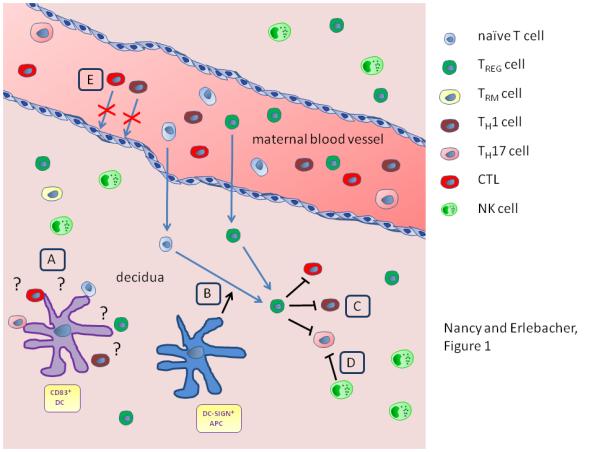Figure 1. T cell behavior at the maternal-fetal interface.

A schematized representation of the pregnant uterus, illustrating several of the regulatory pathways discussed in this review. (A) CD83+ DCs form clusters with decidual T cells, presumably as a consequence of ongoing antigen presentation. The significance of this observation is not currently known, nor are the T cell subsets involved (naïve, regulatory, effector, memory). (B) The potential role of decidual CD14+ DC-SIGN+ APCs in converting naïve decidual T cells into TReg cells. (C, D) The potential role of NK cells and TReg cells in repressing decidual CTLs, TH1 and TH17 cells. (E) Impeded TH1 cell and CTL recruitment to the decidua from the blood as a result of Cxcl9, Cxcl10, Cxcl11, and Ccl5 chemokine gene silencing in decidual stromal cells. Naïve T cells and TReg cells are shown entering the decidua from maternal blood, however there is currently no direct evidence that this happens to a major extent. The idea that naïve T cells enter into the decidua from the blood is particularly unlikely.
